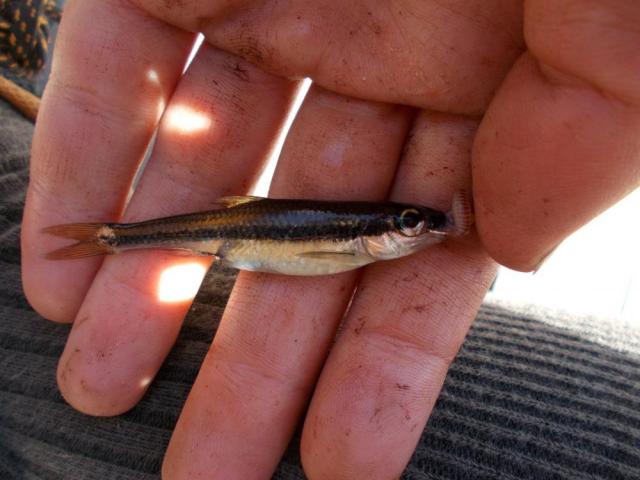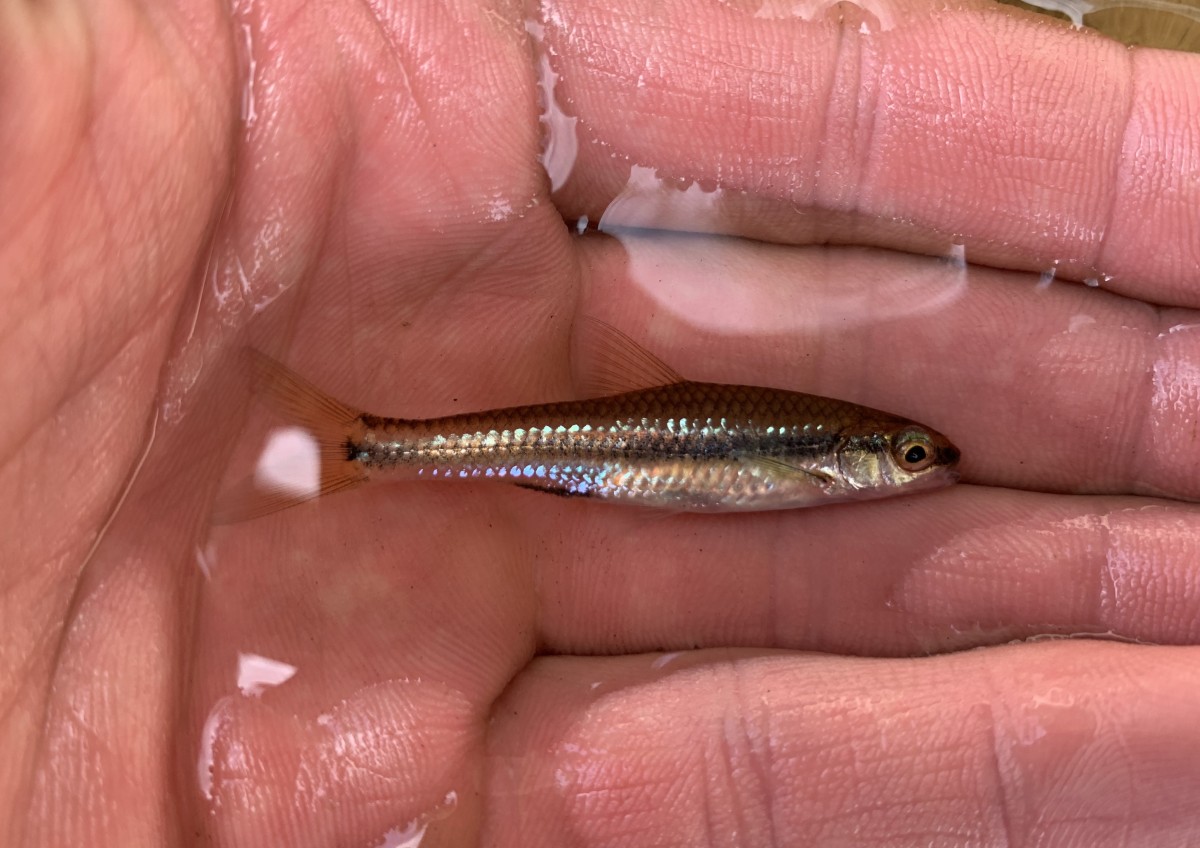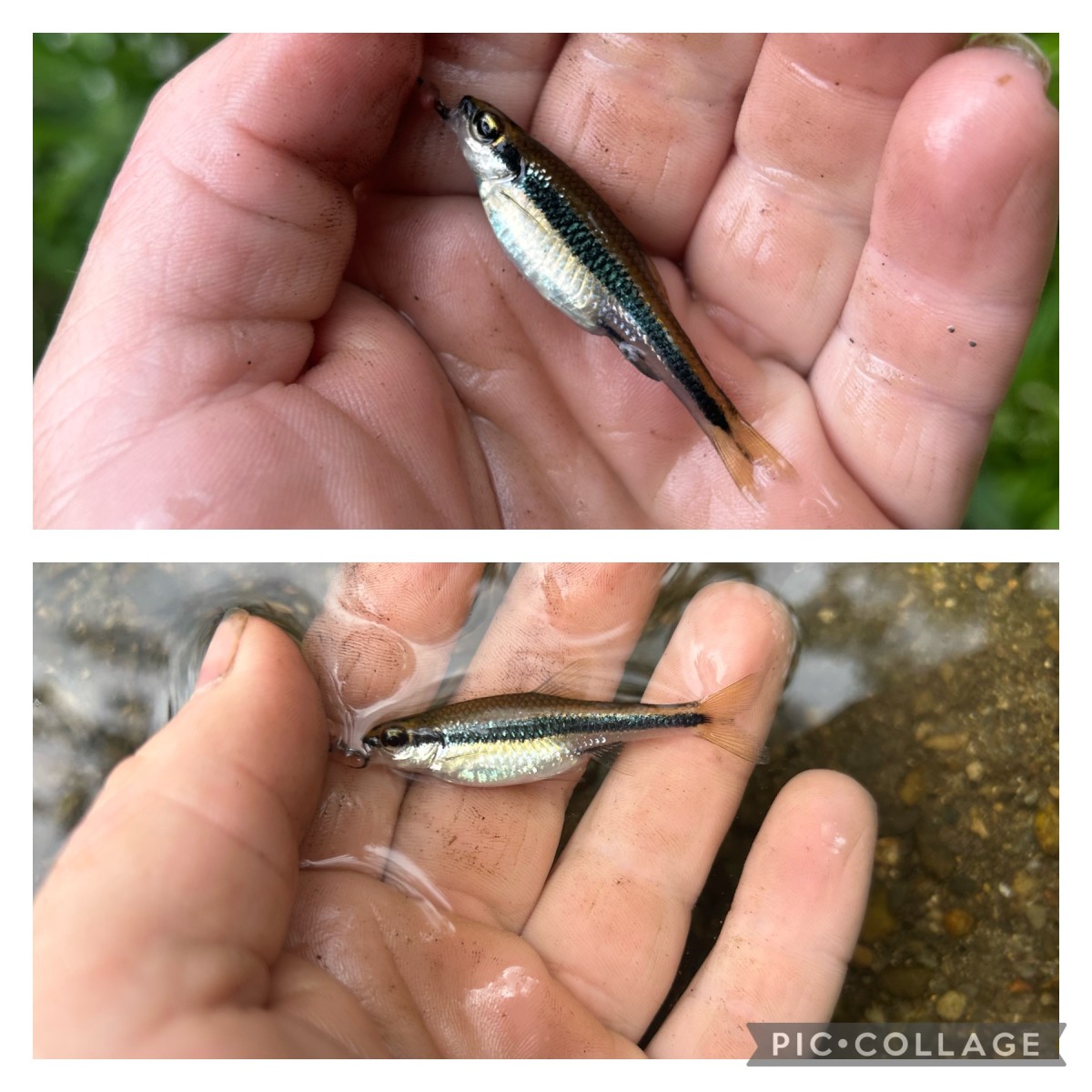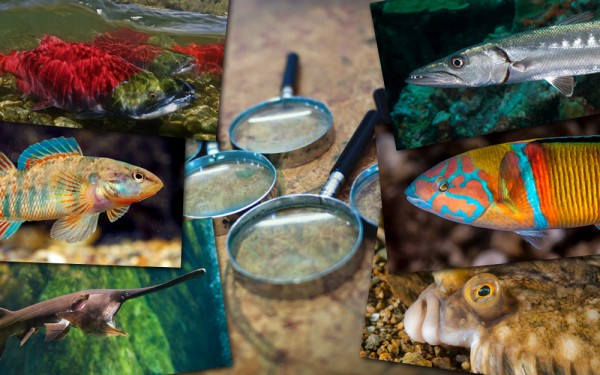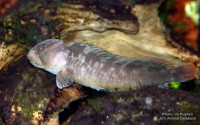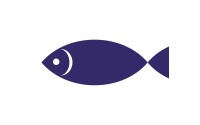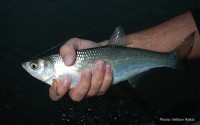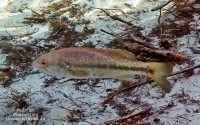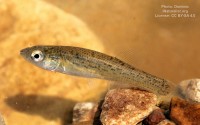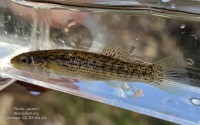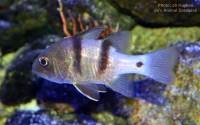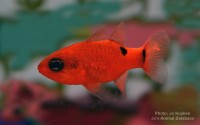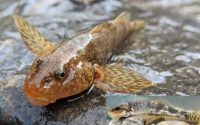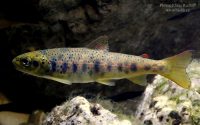Ironcolor shiner
(Notropis chalybaeus)
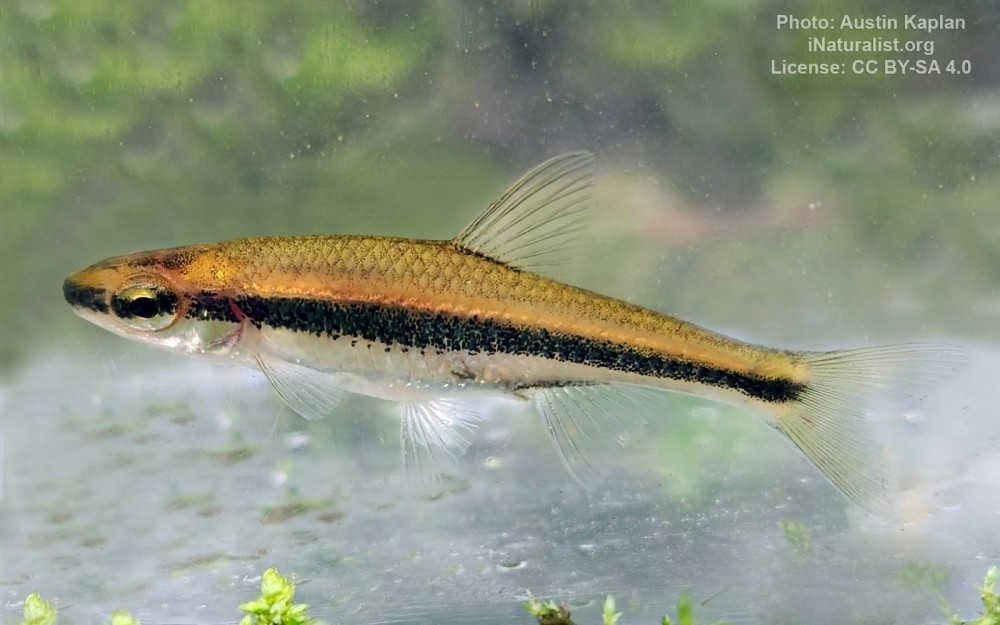
Image source: Austin Kaplan | inaturalist.org
Classification
General data
The ironcolor shiner (Notropis chalybaeus) is a species of freshwater ray-finned fish from the family Cyprinidae, the minnows and carps. It is a widespread species in streams and rivers in eastern North America.
The ironcolor shiner is a relatively small fish with a total length ranging from 45–65 millimetres (1.8–2.6 in).
It has a yellowish back and sides with a well-defined black lateral stripe stretching from the caudal peduncle to the snout and there us some pigmentation on the chin and lips. It has a shorter snout than the width of its eye and the small mouth has a black palate.
When breeding the males develop a bright orange stripe above their black lateral stripes as well as frequently having orange spots above and below the black spot on the caudal fin.
The fins are almost unpigmented and lack any distinct markings, but breeding males may develop orange coloration on the fins and over the body. Males also develop tiny tubercles around mouth, snout and the first few pectoral fin rays.
The underside from the breast to the pectoral fin base has no scales.
The lateral line has 31–36 cycloid scales which are rounded in shape.
The ironcolor shiner is endemic to the eastern United States where it occurs from New York south to Florida and west to the Mississippi Basin with outlying populations in the San Marcos River, Texas; the Illinois River drainage in Illinois and Indiana; the Cedar River in Iowa; and the Wisconsin River and Lake Winnebago drainage system in Wisconsin; and the Lake Michigan drainage of southern Michigan and northern Indiana. It has been extirpated from Iowa and once thought to be extirpated from Pennsylvania. The only existing population left in Pennsylvania is in Marshalls Creek.[1] In South Carolina it is widespread but patchily distributed,[3] while in New York the only known population is in the Bashakill wetlands near Port Jervis.[5]
